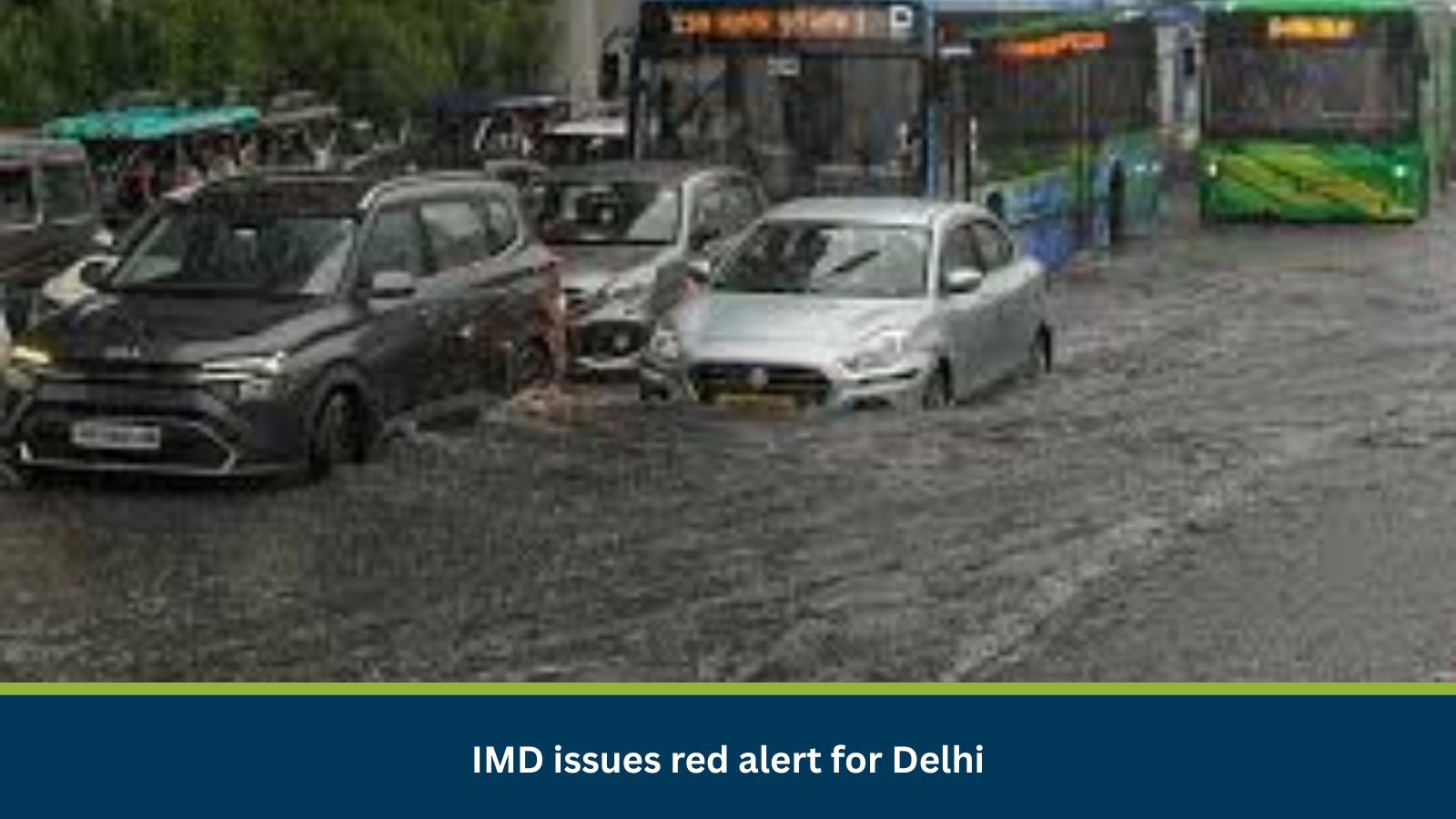A ‘Red Alert’ for very heavy to extremely heavy rainfall in Delhi on 29 July indicates severe urban disruption. This event is critical for travel & mobility, business operations, and supply chains due to expected waterlogging and flight delays.
What is Risk Analysis in the Context of Environment Events?
Environmental risk assessments evaluate how natural phenomena like heavy rainfall impact urban infrastructure, public services, and human safety. They are crucial for preparedness and mitigation. The ‘Red Alert’ issued by the India Meteorological Department (IMD) for Delhi on 29 July signals a high-severity environmental event. Such alerts consistently predict significant urban disruption, including widespread waterlogging, severe traffic congestion, and operational shutdowns. This event highlights the critical need for proactive measures to safeguard personnel, assets, and operational continuity.
Executive Summary
- Date of Incident: 29 July 2025
- Location: Delhi, Delhi, India
- Risk Category: Environment
- Severity Score: 4/5
- Confidence Level: 90%
A ‘Red Alert’ has been issued by the IMD for Delhi on Tuesday, 29 July, indicating very heavy to extremely heavy rainfall. Historical data from similar past events in Delhi consistently shows significant urban disruption. We anticipate this event to primarily impact the National Capital Region (NCR) for 24-36 hours, with residual effects for up to 48-72 hours. The severity is justified by past occurrences of widespread waterlogging, severe traffic congestion, localized power outages, and disruption to public and air transport. Given the IMD’s red alert status and consistent monsoon patterns, we assess severity as high, affecting multiple sectors. This forecast carries high certainty due to the ‘nowcast’ and IMD’s reliable alerts.
Known Hotspots and Sensitive Areas
Sensitive areas include government districts like Lutyens’ Delhi, major commercial hubs such as Connaught Place, and densely populated residential areas prone to waterlogging. Healthcare facilities may also face accessibility challenges.
Impact on Transportation and Services
- Road Closures: Major arterial roads and underpasses in Delhi are highly susceptible to severe waterlogging and closures (e.g., Minto Road Underpass, ITO Intersection, Dhaula Kuan).
- Transport Disruption: All modes of transport face significant disruption. Indira Gandhi International Airport has historically issued advisories leading to flight delays/cancellations. Delhi Metro may experience delays, while road transport will be severely hampered by gridlock.
- Utility Damage: Heavy rainfall frequently leads to localized power outages due to fallen trees or damaged lines. Drainage systems will be severely overwhelmed, causing widespread waterlogging and potential sewage backflow. Water supply may also be affected.
- Business Operations: Staff absenteeism, delayed commutes, operational shutdowns due to power outages or water ingress, and supply chain disruptions are anticipated, impacting productivity and revenue.
Recommended Actions
- Remote Work & Staff Safety: Mandate work-from-home for non-essential personnel. Issue advisories on safest commute routes for essential staff.
- Secure Assets & Infrastructure Resilience: Protect ground-floor assets and equipment from water damage. Verify backup power sources are operational.
- Maintain Business Continuity: Proactively communicate potential service disruptions to clients. Establish a central point of contact for urgent inquiries.
- Incident Management & Communication Hub: Convene a cross-functional crisis management team to monitor, make real-time decisions, and disseminate updates.
Emergency Contacts
- Police: 100
- Fire Department: 101
- Ambulance: 102
- National Emergency: 112
Official Government Websites:
- India Meteorological Department (IMD): N/A
- Delhi Disaster Management Authority (DDMA): 1077 (Disaster Helpline)
- Delhi Traffic Police: 1095
Final Thoughts
The baseline scenario anticipates heavy rainfall receding within 12-18 hours, with significant traffic congestion. A moderate escalation could bring prolonged waterlogging and more widespread power outages. In a severe escalation, flash flooding could cause extensive infrastructure damage, leading to significant casualties. Businesses must prioritize staff safety, asset protection, and business continuity planning. Proactive measures and real-time monitoring are essential for navigating this environmental risk.
Stay ahead of operational risks with real-time alerts, scenario modeling, and expert advisories with datasurfr’s Predict.
MitKat helps organisations navigate uncertain times by providing comprehensive insights about the evolving risk landscape. We offer various services including Risk consulting and Security Design, Protective Services, and cyber security services which ensure organisations become Risk Intelligent. Our AI-powered operational risk monitoring tool, datasurfr combined with expert insight enables companies to stay abreast of evolving operational risks and emerging developments.






